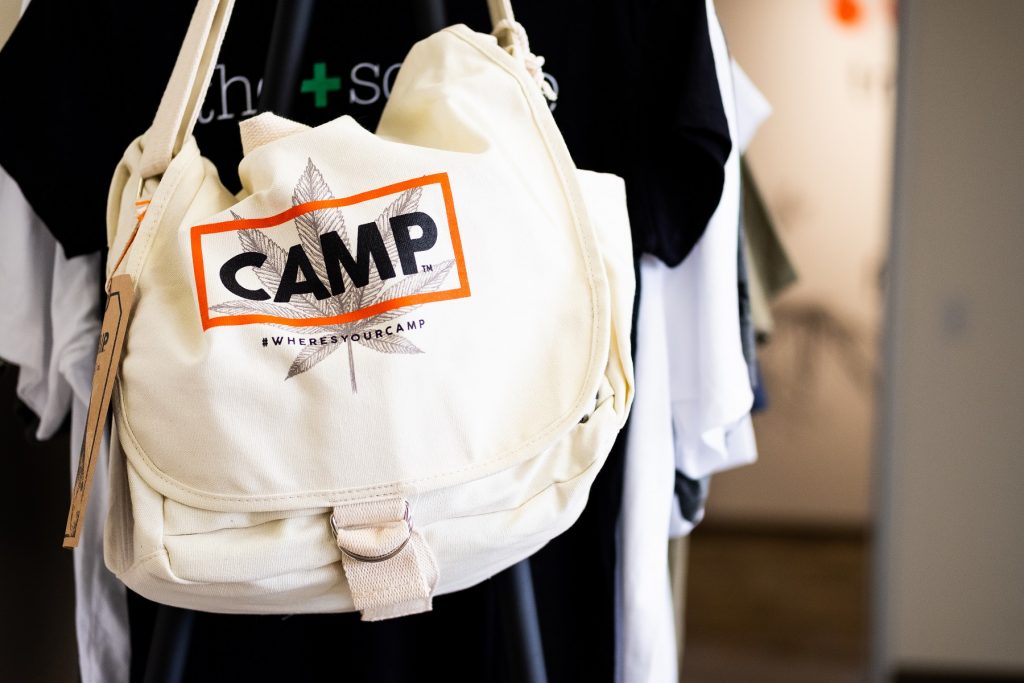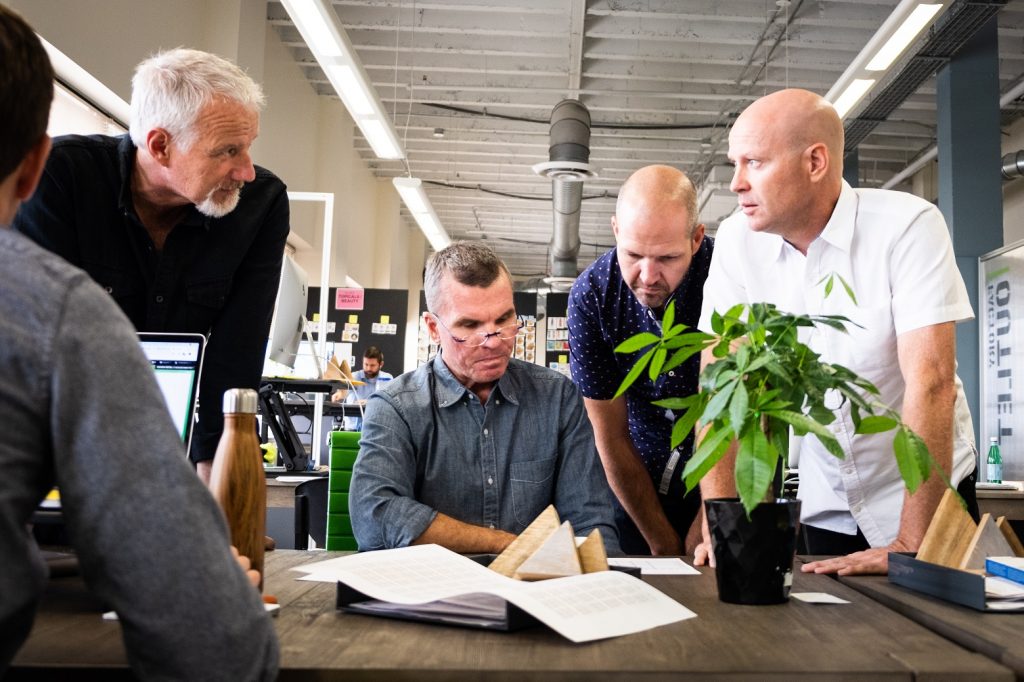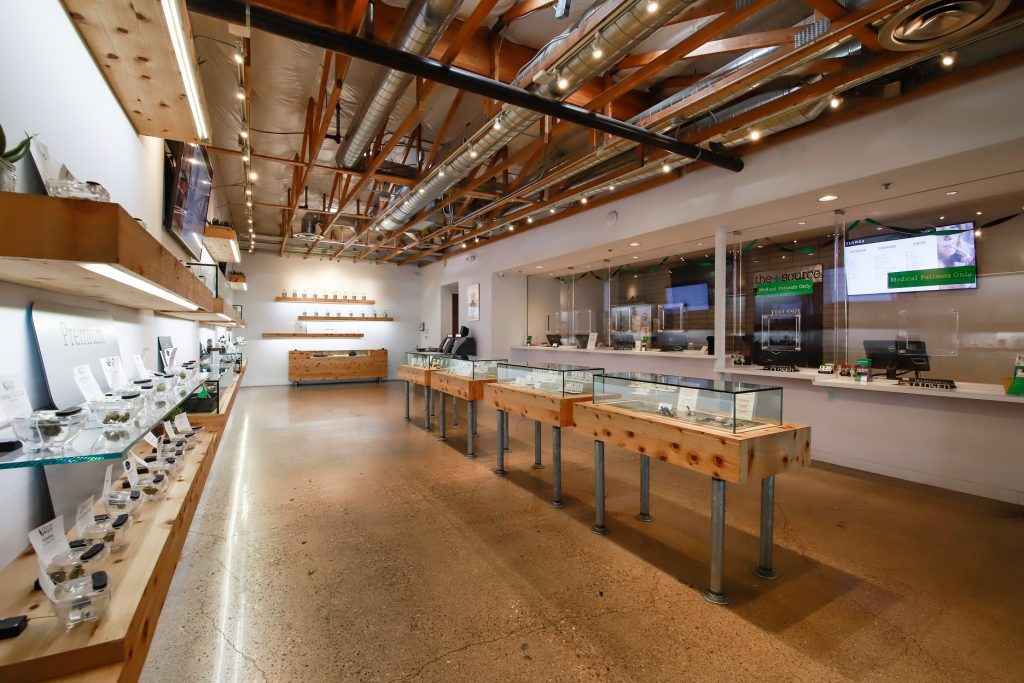
Exclusive Interview with Green Growth Brands CEO Peter Horvath
Green Growth Brands (CSE: GGB) (OTC: GGBTX) CEO Peter Horvath has years of experience in the C-suite at major retail brands like Victoria’s Secret, DSW, and American Eagle Outfitters. His successful career has allowed him to explore a variety of projects, including defense intelligence. Now, he is using his expertise in the cannabis industry. Horvath spoke with New Cannabis Ventures about why the cannabis consumer experience needs to change and his company’s multi-state strategy.
The Retail Experience
Most cannabis retailers today, with exceptions like MedMen, operate with a budtender model, according to Horvath. This involves consumers lining up and waiting for a budtender to walk them through the store. In Horvath’s experience, this is not how consumers want to engage during a retail experience, and he foresees the model being shed as the industry grows.
Consumers want an easy to navigate experience with an assortment of products. Each time they come back to a store they not only want to see what they loved about it last time but also something new – a strategy Horvath calls “surprise and delight.” Rather than creating a uniform assortment across all of its stores, Green Growth Brands aims to localize its consumer experience. In Horvath’s experience localizing 20 percent of a store’s assortment can mean 40 percent more in sales and a loyal customer following.
Green Growth Brands is developing its own brand, Camp, which is designed to evoke an emotional response much like the feeling of sitting around a campfire with no phone and no concern about what will happen next. That brand will be on the company’s shelves, but it will be joined by other regional favorites to cater to the local consumer base. For example, Cannabiotix is popular in Nevada, and Horvath envisions putting some of their products in Green Growth Brands stores.

Nevada and Massachusetts Market Strategy
Green Growth Brands is vertically integrated in Nevada and Massachusetts, but Horvath doesn’t believe the company necessarily needs to be a cultivator. Regulation and supply challenges make vertical integration a good strategy, but one the company pairs with other supply partners.
In Nevada, the company recently won seven licenses, has a second cultivation facility in the works and has completed the acquisition of a second store. While Nevada might seem like a big tourist market, 80% of the customers who shop at the company’s two stores live within six miles. Taking into consideration things like population density, driving time, and average household income, Horvath projects that the company’s existing properties in the state have the potential to bring in $150 to $200 million in revenue.

The company will have a grow and production facility located north of Springfield, Massachusetts. GGB’s acquisition is not yet built out in the state, and it will likely up and running in 2020. With that time-frame in mind, Horvath believes the company can be more selective about its real estate decisions in the state. With all three stores open, he hopes to see a $60 million market in Massachusetts.
In addition to its footprint in Nevada and Massachusetts, GGB has a CBD business, another entity under its umbrella. This business will focus on putting products in kiosks throughout the country. Horvath expects this to be high-cash flow with the potential for $150,000 to $300,000 per kiosk.
Funding
Prior to its public listing on the CSE, GGB raised more than C$140 million. Many of the company’s investors are high-net-worth individuals, and the Schottenstein family is one of its key backers. Horvath is enthusiastic about the amount of cash flow being generated by the company’s stores, but he expects the company to be back out in the capital markets, potentially in this spring. More capital will help the company build out its stores and kiosks, as well as fund potential acquisitions.
Growth in 2019
Horvath expressed interest in southwestern markets, like Arizona, and northeastern markets, like New York. In 2019, the company may close a few more deals, but it is targeting a more selective approach to growth. Horvath sees the company having 100 highly productive stores with large market share rather than a larger number like 500 stores with lower revenue, a decision driven by his experience in specialty retail.
Earning Loyal Consumers
Horvath believes that pleasing consumers, and not simply raising capital and getting out products, is vital to long-term success in the cannabis space. Earning loyal customers can be done in several ways, such as breadth of assortment and best price. A breadth of assortment is a low-margin option in his view, but he thinks value is an important piece for any company’s business model. Above all else, retail stores need to have an engaging customer experience. He and his team have experience hiring multi-state teams that can deliver that kind of experience, something he imagines other cannabis stores might find to be a struggle.

Product development will be another piece of the consumer loyalty puzzle. Will consumers continue to want flower? Or, will the demand for flower shrink as new consumers who don’t want to smoke enter the market? GGB is actively participating in new product development. For example, the company merged with Xanthic Biopharma, which is developing ingestible, water-soluble products.
In the race to grow, Horvath wants to pace GGB’s speed – a challenge all cannabis companies face. Scaling too quickly could lead to losing consumers and investors. Horvath wants to balance growth while maintaining a consistent consumer experience with stocked stores and a highly engaged team.
Green Growth Brands is a client of New Cannabis Ventures. Please refer to the company’s statement of risk factors and forward-looking statements. Listen to the entire interview:
